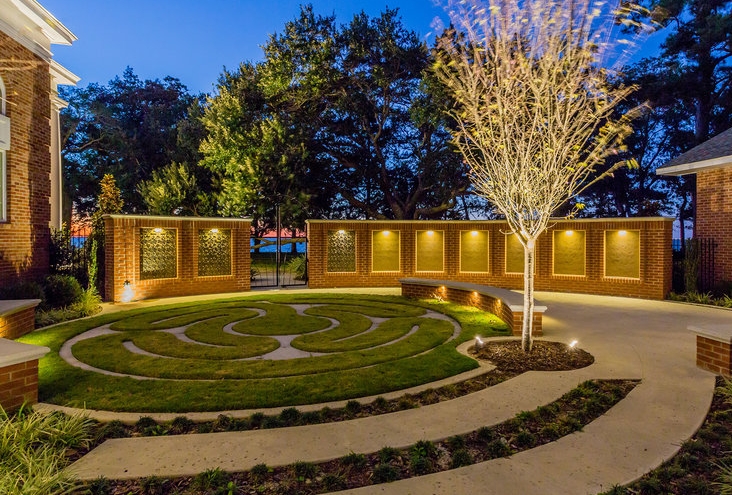Espalier Landscape Architecture: A Creative Approach to Garden Design
Espalier landscape architecture is both an art and a science, presenting an innovative method for cultivating fruit trees and ornamental plants against walls or trellises. This technique not only maximizes space but also creates stunning visual elements in gardens and outdoor areas. If you’ve ever yearned for a unique garden style that melds beauty with functionality, the art of espalier may be your answer.
Understanding Espalier: The Basics
Espalier refers to the practice of training trees and shrubs to grow flat against a support structure. While it has historical roots tracing back to ancient civilizations, modern gardeners appreciate its ability to enhance urban spaces. By carefully pruning and tying branches, gardeners can manipulate plants into artistic shapes and patterns. This method provides a great solution for those with limited outdoor space, making it a popular choice for urban gardens and narrow backyards.
The Benefits of Espalier
One of the standout advantages of espalier is its efficiency. By growing vertically, you can create green walls that offer privacy, shade, and even insulation. Additionally, espaliered trees are generally easier to manage because they are more accessible for pruning, harvesting, and pest control. Furthermore, this technique improves air circulation among the foliage, which can mitigate issues like fungal diseases. Imagine sipping your morning coffee under a leafy trellis laden with ripe fruits—espalier not only provides practical benefits but also enhances the overall enjoyment of your outdoor spaces.
Designing Your Own Espalier Garden
Embarking on your espalier journey requires some planning and creativity. Start by selecting the right plants; apple, pear, and citrus trees are popular choices for espalier because they respond well to training. You’ll also need to decide on a suitable structure—options include walls, fences, trellises, or freestanding supports. Once you have your setup, the key is regular maintenance; consistent pruning will help you achieve the desired shape and promote healthy growth. Don’t be afraid to experiment with patterns like formal grids or playful waves to make your garden uniquely yours.
In Conclusion
Espalier landscape architecture offers an exciting way to blend utility with beauty in your gardening efforts. Whether you’re a green thumb seeking a fresh approach or a novice looking for inspiration, this technique provides endless possibilities. Dive into the art of espalier and transform your outdoor space into a stunning showcase that can flourish in even the smallest gardens. Happy gardening!

